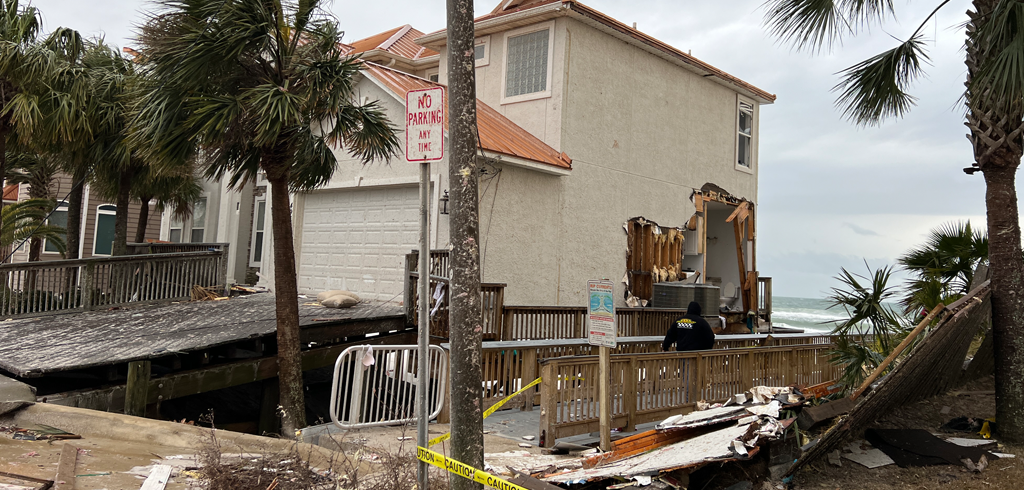Who Is Responsible For Storm Drains On Your Property?

Knowing who is responsible for storm drains on my property is more than a legal concern. It’s often a maintenance and liability issue. Many property owners are surprised to learn they may hold responsibility for a storm water drain on their property.
When flooding, erosion, or backups happen, the consequences can be expensive and disruptive. Knowing where your duties begin and end is the secret to long-term property upkeep and safety.
Public Vs. Private Drainage Lines: Who Is Responsible for Storm Drains on My Property?
Storm drain systems can involve both public infrastructure and private property features. Public systems typically include street drains, curbs, and municipal piping. However, once stormwater enters private property, through catch basins, retention ponds, or culverts, the responsibility may shift.
If the system connects directly to a private structure or is located entirely within your boundaries, you may be accountable for its care.
Property deeds or plats often indicate drainage easements or boundaries. These legal documents show who owns or manages different parts of the drainage system. Municipalities may repair city-owned lines, but they usually won’t maintain private components. It’s your job to know what lies beneath your ground.
Why Regular Inspections Are Worth It
Clogged, cracked, or eroded storm drains can cause major structural damage over time. Water pooling near foundations or walkways often signals a hidden problem.
Property owners often schedule structural assessments to evaluate the surrounding area, including drainage elements. Even if storm drains seem functional, blockages or system deterioration can develop silently over the years.
An engineer can determine how well the storm drain on your property is functioning and what changes might be needed. These inspections give you insight before issues turn into emergencies. Drainage problems rarely resolve themselves and usually worsen with seasonal weather.
Shared Responsibility in Multifamily Communities
Condominiums and apartment complexes often share stormwater systems across multiple buildings. These setups can complicate who is responsible. In many cases, homeowners’ associations or property managers oversee maintenance.
But even so, individual building owners may still be responsible for repairs tied to their own structure or connected features.
Having as much information as possible is highly recommended. If water damage happens due to improper stormwater flow and repairs aren’t made in time, insurance claims may be denied. Legal conflicts can also arise if shared systems fail because one party ignores their duties.
Reserve Studies Should Cover Drainage Costs
In Florida, new legislation now requires more attention to long-term planning for condominiums. A proper reserve study should include drainage components, especially if they are aging or part of a complex system. Catch basins, storm pipes, swales, and other features need regular evaluation and budget forecasting.
Neglecting to include stormwater systems in your reserve study is a risky oversight. These features often degrade gradually and can be expensive to repair. Planning now prevents major costs later, and helps protect property value.
Let the Experts Help Clarify Your Drainage Responsibility
At Stone Building Solutions, we help property owners understand their buildings from the ground up. Storm drainage is often misunderstood, but we make it simple.
We are engineers who monitor construction, inspect buildings, and deliver reporting. Our team assesses all aspects of your property, including storm drain systems.
If issues exist, we create reports, guide repair scope, and monitor the work. We work closely with multifamily communities across Florida, helping them comply with changing laws and long-term planning standards. Contact us to get expert support and detailed insight into your stormwater systems today.
